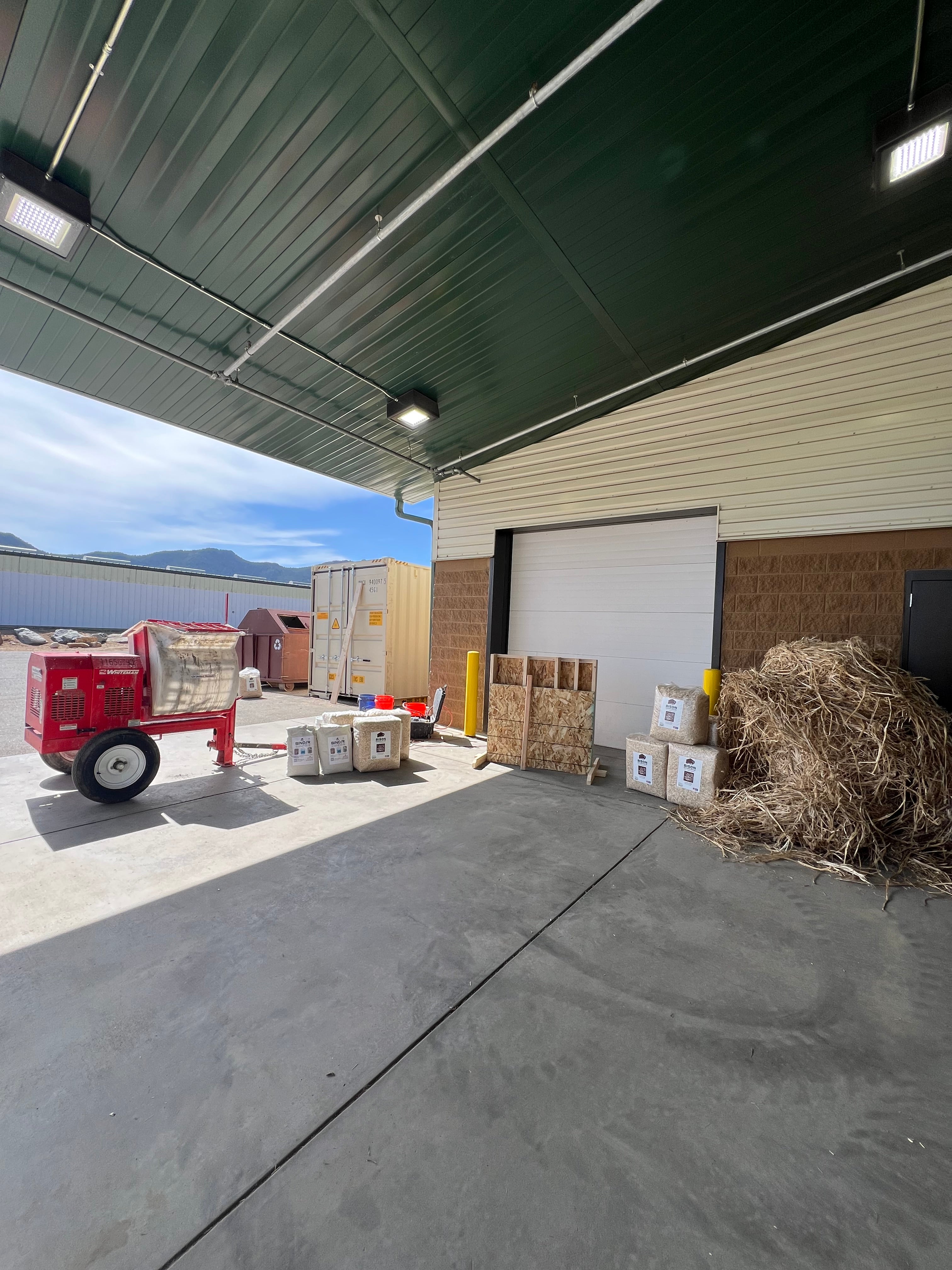What Does Biocomposites Mean?
Biocomposites have gained a serious spotlight in recent years. These products, partially made from biological materials, are being used for everything from disposable silverware, to concrete, to insulation and textiles.
Regardless of your industry, should you invest in biocomposite materials for your organization? The answer to that question begins with knowing what constitutes a biocomposite.
What are Biocomposites?
Current examples of biocomposites in various industries include:
- Flax and epoxy composites = used for things like tennis rackets, skis, and snowboards.
- Wood fiber and other polypropylene composites = used in outdoor furniture and decking materials.
- Sugarcane waste and other bio-epoxy composites = used in disposable silverware.
- Rice husk and other HDPE composites = used in building
- Sisal fiber and natural rubber composites = can be utilized in automotive parts and construction materials, such as concrete.
- Hemp fiber and other PLA composites = used in everything from automotive parts, to concrete and insulation.
Applications of Biocomposites
Here are some examples of biocomposites for industrial applications and construction purposes:
- Structural panels and board - wood-based and bast fiber biocomposites
- Insulation materials - hemp and cellulose-based biocomposites
- Roofing materials - coconut fiber and rice husk composites
- Concrete reinforcement - flax and jute-based biocomposites
- Facades - hemp and wood-based biocomposites
Advantages of Biocomposites
The use of biocomposites has four overarching areas of advantages: Environmental, performance, economic, and health and safety.
Environmental benefits of using biocomposites include a reduced carbon footprint, lower energy consumption over the course of the manufacturing process, the potential for biodegradability, and end-of-life advantages, such as easier recycling or composting.
Performance benefits include the likes of more favorable strength-to-weight ratios, improved acoustic damping and vibration absorption, and better thermal insulation properties. For example, Bcomp is a company that uses flax fiber to create biocomposites that can replace carbon fiber in Formula 1 and other high-performance vehicles.
The economic benefits of biocomposite materials are hard to dispute. Many natural fibers, such as hemp and sugarcane waste, boast lower raw materials costs compared to their synthetic alternatives, as well as additional benefits such as market differentiation, local materials sourcing opportunities, and product weight reduction, meaning lower transportation costs. Green Dot Bioplastics, for example, offer biocomposite plastics that are alternatives to currently-used petroleum-based plastics.
Finally, the health and safety advantages of biocomposites improve the experience of the people who come into contact with biomaterial products. Biomaterials have reduced skin irritation risk, lower VOCs, and improve indoor air quality as compared to their synthetic counterparts. Materials like hemp have natural pest-repelling, fungi-resistant, and thermal characteristics that make them safer compared to synthetic materials.
The Future of Biocomposites
The future of biocomposites is looking very bright—demand for alternative, sustainable materials that perform well and are easy to use has never been higher, and companies are rushing to meet the market in the direction in which it is headed.
Research on enhancing the performance of these biocomposite materials and expanding their use to different markets and products is also on the rise.
Bison Biocomposites is proud to be playing our part in the rise of biocomposite products. Contact us today if you have any questions about making the switch to biocomposite materials, or want to use hemp-based biocomposite building materials in your next project!




